FORT SAM HOUSTON, Texas -- From a distance, Camp Bullis almost looks serene as it sits surrounded by acres of lush green forest, nestled at the base of the San Antonio foothills. It looks like a place of tranquility, but take a closer look, you'll find Camp Bullis has a lot more going on behind that wall of green forest than meets the eye.
Just under 20 miles from Fort Sam Houston, Camp Bullis, named for Brig. Gen. John Lapham Bullis, is a part of the original Leon Springs Military Reservation established in 1917 to provide a place for Soldiers to train and prepare for combat under a growing threat of war in Europe.
Since its establishment, Camp Bullis has a long and proud history of providing support to the military. Although no units were actually stationed there, its record is impressive.
It has hosted several notable infantry divisions, such as the 90th "Tough Ombres," whose original personnel were drafted from the states of Texas and Oklahoma. The division was activated in 1917 during World War I. As one of the most respected and decorated divisions in the U.S. Army, it was the first infantry division associated with Fort Sam Houston.
Other distinguished divisions that also trained there were the 2nd "Indianheads," the 95th "Victory" and the 88th "Blue Devils."
During the 1920s and 1930s, Camp Bullis became a training center for the Civilian Conservation Corps, the Reserve Officer Training Corps and the Officer Reserve Corps.
Camp Bullis was a favorite of Hollywood in the 1920s. Two motion pictures were filmed there: the "Rough Riders" and "Wings." Second Infantry Division and 5th Cavalry Soldiers were used as extras in "Rough Riders" and "Wings" won an Academy Award for best picture in 1927.
By the end of World War II, with most of the infantry divisions gone, a pivotal point in Camp Bullis' history came about in 1946, when the Surgeon General of the Army announced that Fort Sam Houston was going to be the new site for the U.S. Army Medical Field Service School.
This move centralized the Army's medical research and training at Fort Sam Houston, making Camp Bullis the field-training site for the Army's medical schools.
Camp Bullis' mission, like its acreage, has increased over the years, now with close to 28,000 acres. It boasts 20 live firing ranges, a firehouse, an armory and a new medical clinic. It is a state-of-the-art training complex, with an airfield, four drop zones, and maneuvering areas that provide all branches of the military a realistic training environment for almost any type of field training.
Also, included in its arsenal are two realistic urban training areas: the Combined Arms Collective Training Facility and the Military Operations on Urban Terrain compound that inserts military personnel in a realistic training environment, preparing them from various combat scenarios.
Camp Bullis also houses two trainers that are vital to a war fighter's sustainability; the Virtual Combat Convoy Trainer and the HMMWV Egress Assistance Trainer Rollover Simulator.
With the 2005 Defense Base Closure and Realignment Committee implementation in full force, the average student load coming through Camp Bullis this year is estimated at 46,500 and that number is expected to grow in 2011.
At present, the Army Medical Department Center & School is Camp Bullis' biggest user hosting several field training courses under the 32nd Medical Brigade. The 32nd Medical Brigade subordinate units include the 264th, 187th and the 232nd Medical Battalions, and between them, they are responsible for 16 military occupational specialties, 19 officer courses and numerous other training and qualification courses, the 232nd Medical Battalion trains the U.S. Army's combat medics.
In the past, Camp Bullis primarily supported mostly transient personnel, but now it is home for 750 permanent party personnel, the endangered Golden-cheeked Warbler, and four other endangered species that require protection under the Endangered Species Act.
"Camp Bullis is a busy place," said Garrison Manager, Paul Dvorak, Headquarters Camp Bullis, who is responsible for coordinating all activities on Camp Bullis.
"Our average training population in a given week is between 2,500 and 3,500. We go above that sometimes, especially this time of year. The average training throughput at Camp Bullis in a year, based on 2008 numbers was about 150,000 people. I expect this number to go up to around 170,000, or so for FY 10 and 11. That's a lot of people coming out here to do a lot of training."
The U.S. Air Force is Camp Bullis' second largest customer. The 343rd Training Squadron, Detachment 1 is the largest Air Force entity on Camp Bullis, teaching the Apprentice Security Forces Course, the Security Forces Ground Combat Leaders Course, and the Basic Security Officers Course.
Camp Bullis also is now the home of the Air Force's 342nd Basic Combat Convoy and Combat course, the Combat Airman Skills Training course, and the 802nd Force Support Squadron's on site Patriot Inn lodging and dining facility.
"There are plans in the works to expand our campus another 17 acres to include additional classrooms, a vehicle parking facility, some hutment-style dorms to create an expeditionary-type environment, a motor pool and another dining facility to accommodate a potential increase in students coming to Camp Bullis," said Mark Stehle, deputy commander, Camp Bullis, 37th Training Group.
The Medical Education and Training Campus, the military's largest medical educational institution, located on Fort Sam Houston, uses Camp Bullis for training. It has positioned four aircraft trainers at the 882nd Training Group's Joint Medical Readiness Training Center to facilitate their field training requirements. The first students began training in June.
In July 2009, an Armed Forces Reserve Center was built at Camp Bullis to accommodate and consolidate Texas' Army Reserve and Army National Guard units. This consolidation was made to enhance unit readiness, increase training opportunities and improve homeland defense capabilities.
Camp Bullis also supports several joint training facilities on its grounds, the Defense Medical Readiness Training Institute, the Combat Casualty Care Course (C4) Tactical Simulation Center for Military Medicine and the Joint Operational Training Detachment.
As an ambassador for San Antonio's military community, Camp Bullis continues to foster relationships between the military and civilian sectors by providing the use of its grounds to local and federal agencies like U.S. Homeland Security Customs and Border Protection, the Federal Bureau of Investigations, the Bexar County Sheriff and the San Antonio Police Departments.
Camp Bullis plays a vital part in the future of the military by providing facilities to more than 5,000 Army, Navy and Air Force JROTC cadets from all over Texas, to participate in annual joint summer camps.
The Federal Bureau of Investigations has been using Camp Bullis' firing range for more than 15 years, said Lt. Eric Vasys, special agent spokesman, FBI San Antonio.
"We are very fortunate to have access to this facility, because most federal agencies rarely have it within the budget to own their own physical firearms range, so we always have to develop relationships with local police departments and sheriff offices. In this case, because San Antonio is such a military town, Camp Bullis has been our primary range ... the Army has been very generous and accommodating to us, we are just very lucky to have it."
"What is important, the key - is the land that we have, the acreage that we have contained inside Camp Bullis and how we preserve its capability for the future," Dvorak said. "Encroachment and mitigation of the habitat on Camp Bullis is only a fraction of it - what is important about this place is, will we still be able to do the mission that it has now, and any other additional missions that come along 25, 50 or 75 years from now is important."


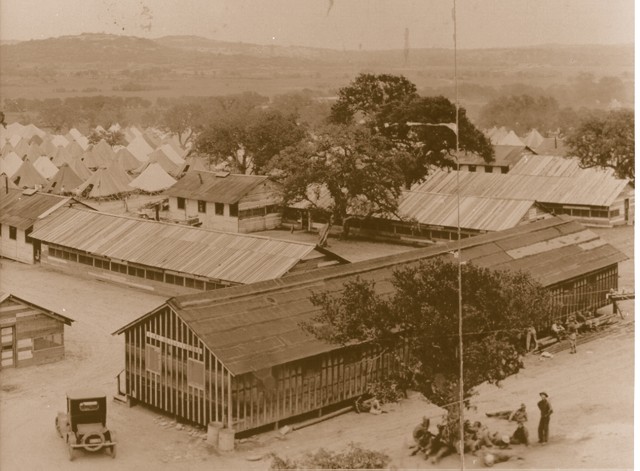
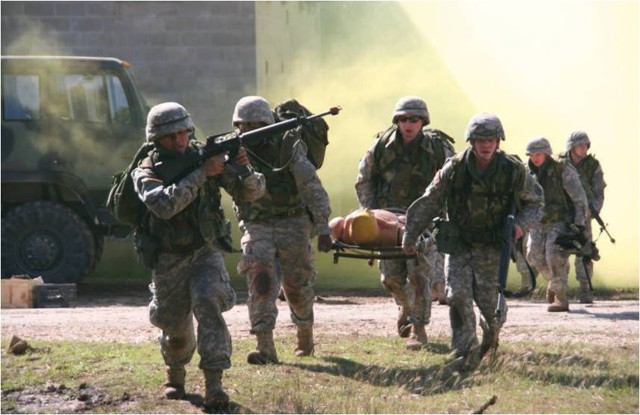

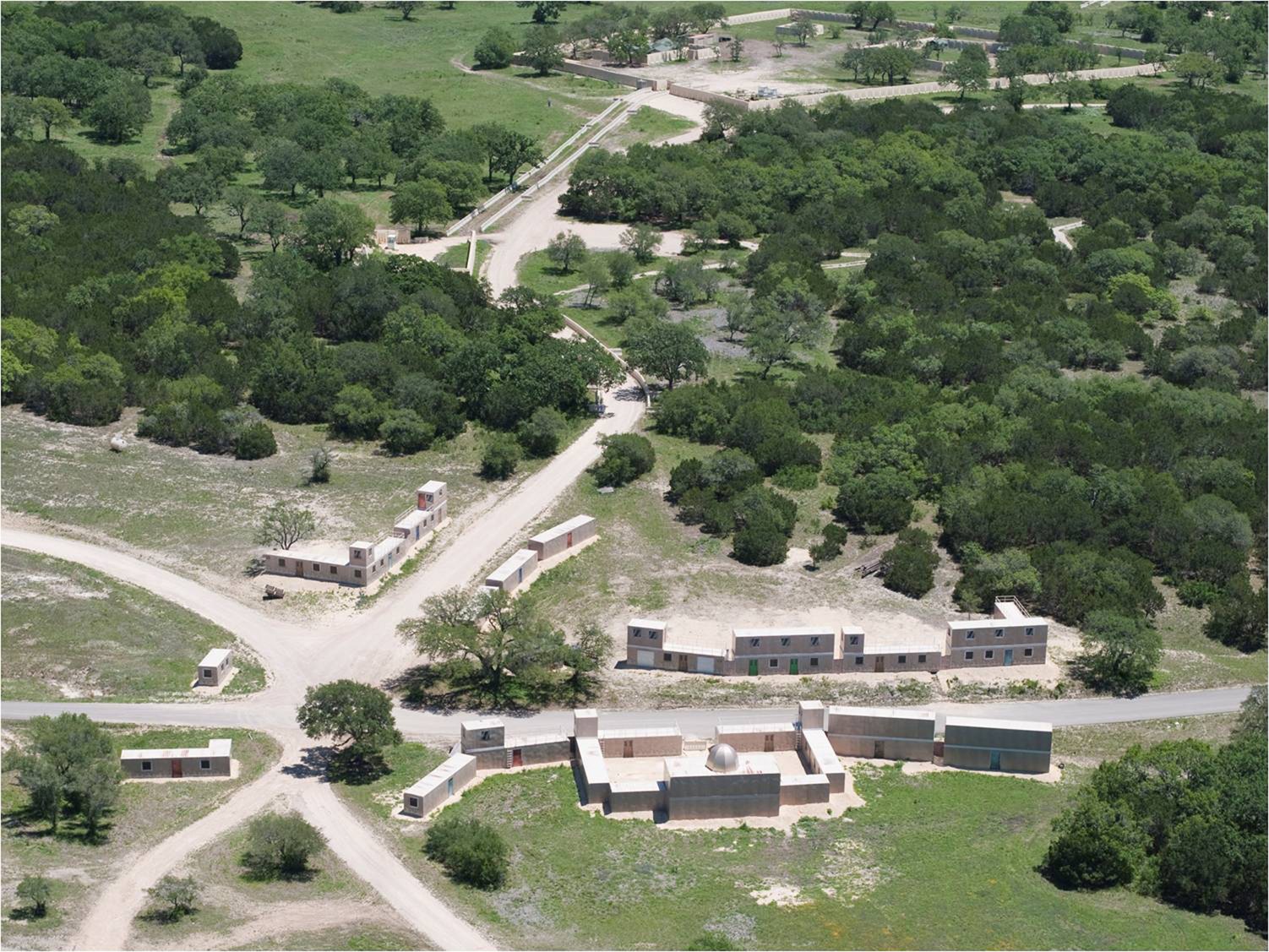
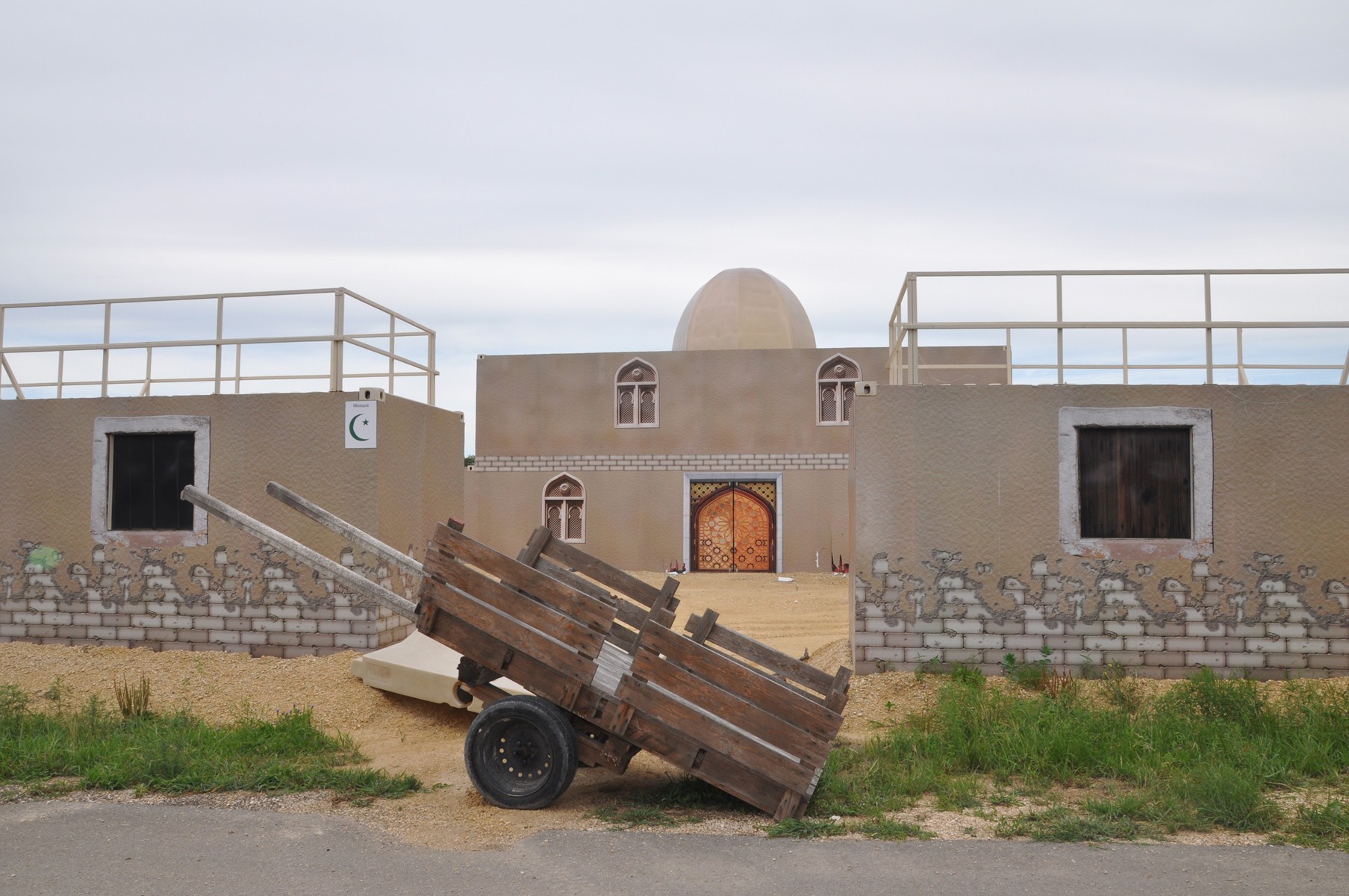

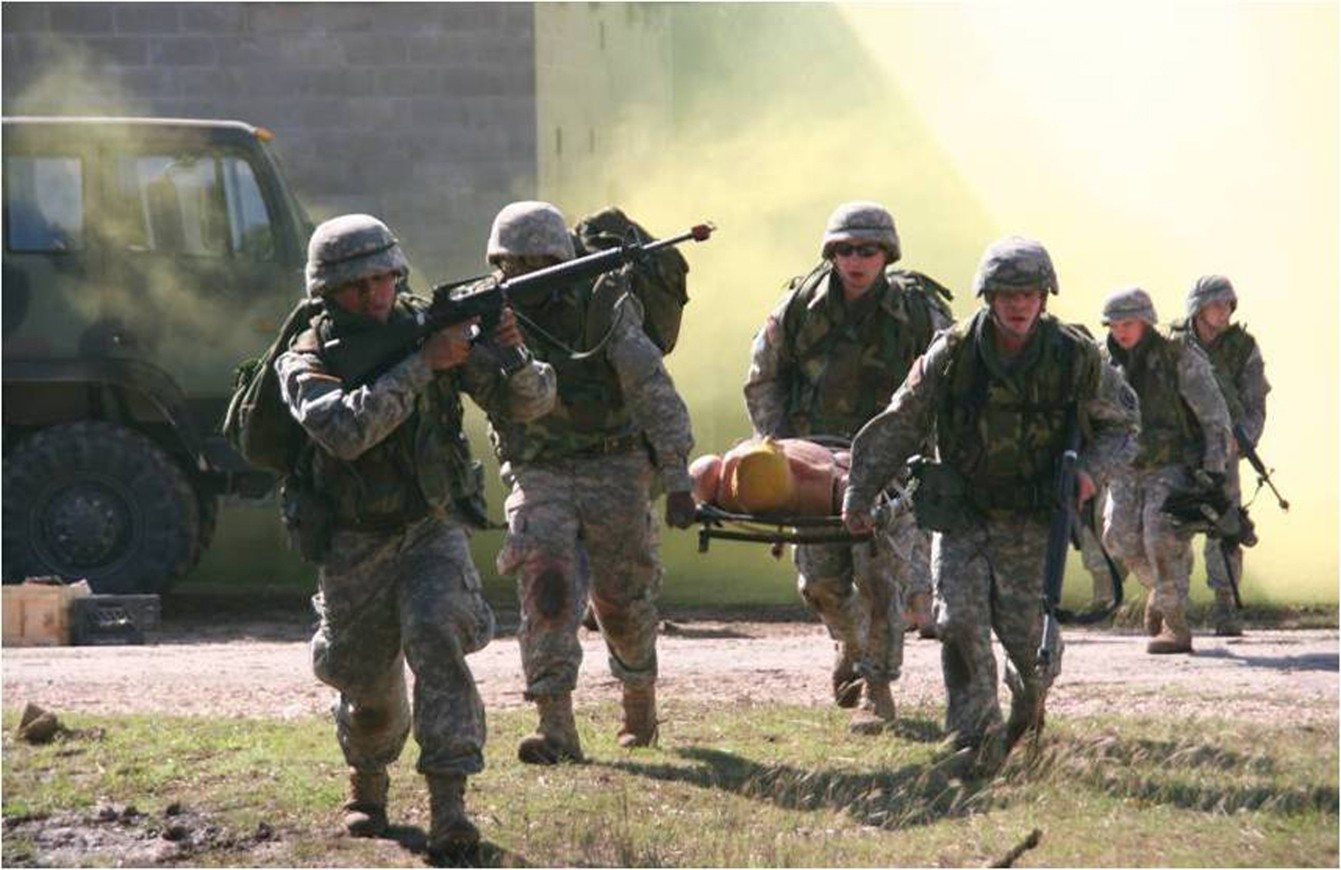
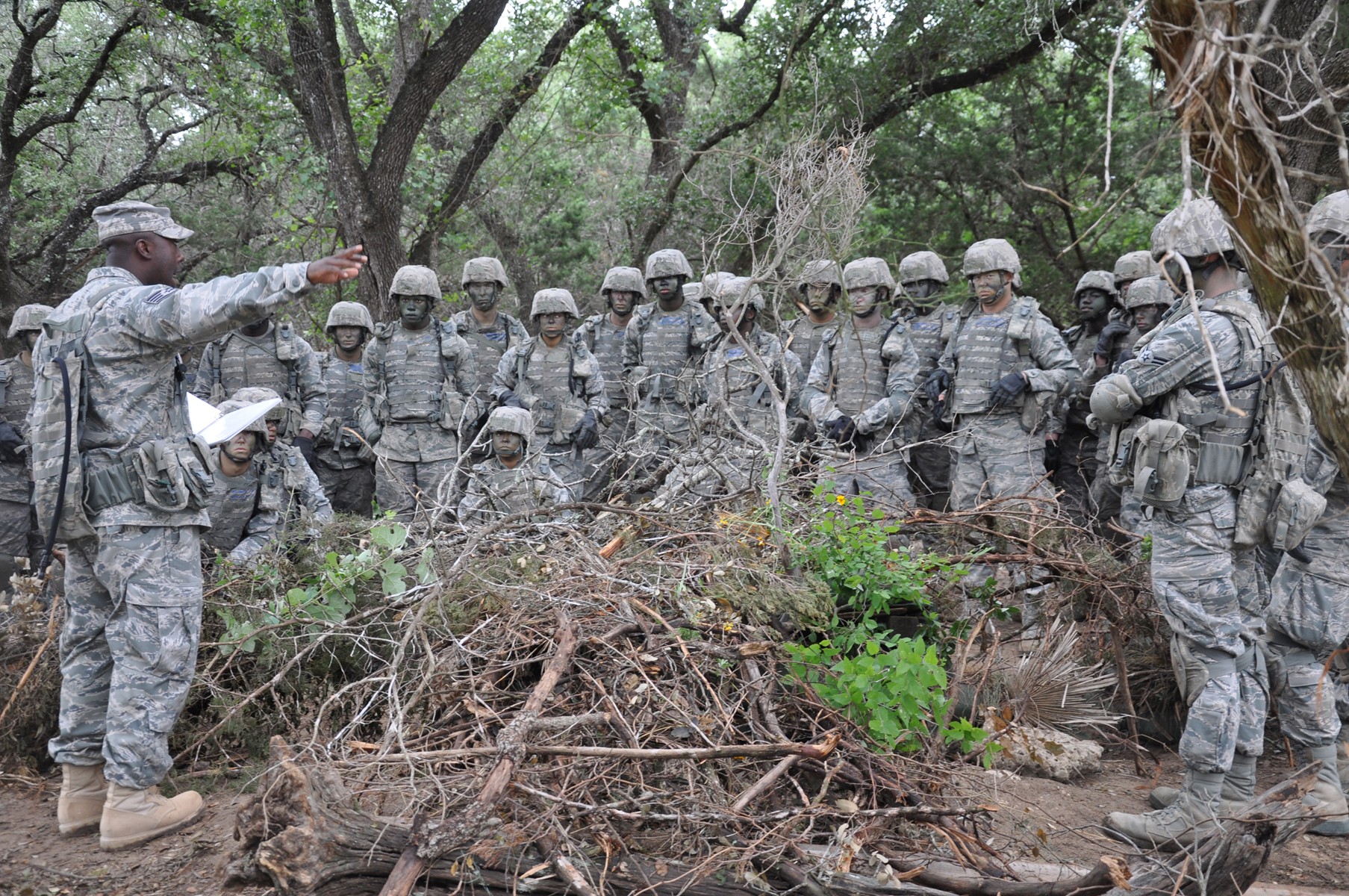
Social Sharing